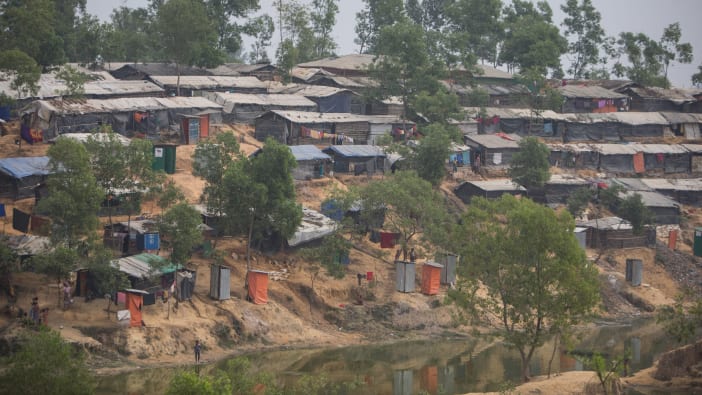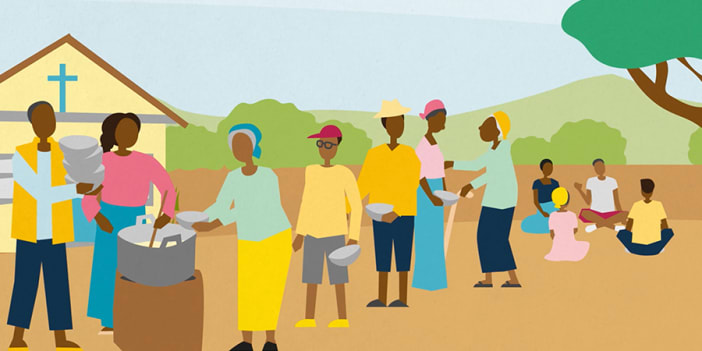Landslides occur when the soil on a slope becomes unstable, and quantities of soil, mud and rock start to move down the slope. They can cause serious damage and are difficult to predict. Heavy rains and earthquakes are the main triggers for landslides.
Warning signs
Landslides may be preceded by soil cracking, by small discharges of stones, by water pipes breaking or by changes in the water flow from springs (which may suddenly become muddy or stop). Fences, walls or trees may start to lean over at an angle, indicating soil movement underneath. A hillside without trees, or an area where landslides have occurred before, is especially at risk when it rains heavily.
Reducing risks
Slopes can be made safer in several ways:
- avoid cutting back into a slope to create space for housing or crops
- plant trees or soil-holding grasses along the line of the slope
- place a line of old car tyres along the contour of the slope, tie them together with wire and peg the wire firmly into the slope. Plant a tree in each tyre.
- avoid building houses on land around an earlier landslide.
Drainage
For hillside communities, drainage of water is the key to reduced risk. A good system of plastic or cement-lined drains should be built, with all rainwater from roofs and waste-water from houses (not latrines) channeled into these drains. This requires agreement and joint action from the whole community. Extra drains can be cut across the slope above the uppermost houses. All drains, of course, must be kept clean especially during the rainy season.
Preparing for landslides
In high-risk areas, volunteer teams can check for earth movement during periods of heavy rainfall and be prepared to give warnings to people if a landslide is starting. Appropriate tools should be kept accessible to dig out casualties, plus First Aid materials. A school, church or other public building can become an evacuation centre – pre-equipped with clean water and latrines.
For more information see Disasters and the Local Church (Chapter 6) or read case studies by visiting www.mossaic.org









